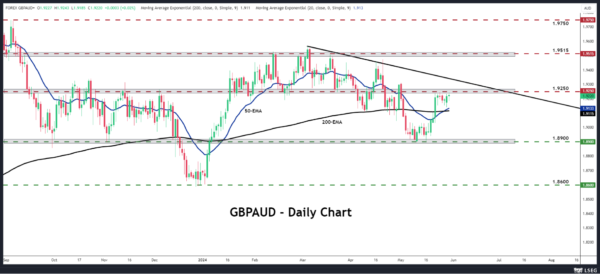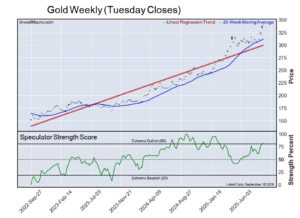- Pound gains as BoE seen cutting rates late
- Economy improves but inflation may further slow
- A Labor victory could make the BoE’s job easier
- As rate cuts come forward, pound may weaken
Sticky core inflation weighs on rate cut bets
We are nearly halfway through 2024 and the pound is holding the first place among the major currencies in terms of year-to-date performance.
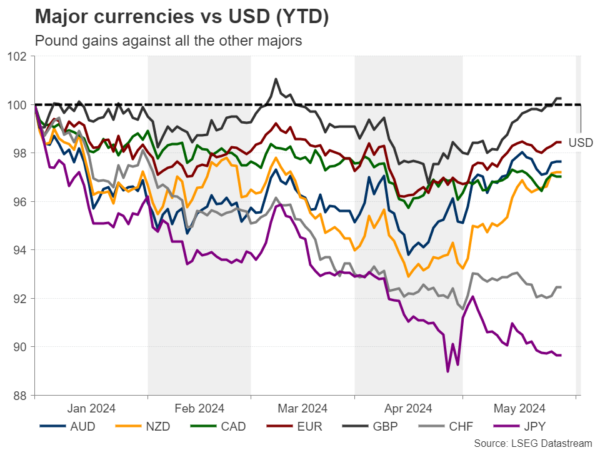
This is because up until recently the BoE was seen as the major central bank that could be forced to press the rate cut button last, and fewer times than others. However, the dovish stance of the BoE at its latest gathering prompted investors to reconsider their view and even assign a decent chance for a first quarter-point cut in June, at a time when the stickiness in US inflation and the Fed’s ‘higher for longer’ mantra pushed the timing of the first expected rate cut by the Fed beyond September.
That didn’t last for long though as the hotter-than-anticipated UK inflation data for April, and especially the stickiness in underlying price pressures, prompted investors to scale back again their BoE rate cut bets. Currently, they are pricing in around 30bps worth of reductions by December, with the probability of a 25bps cut rising above 50% only in September.
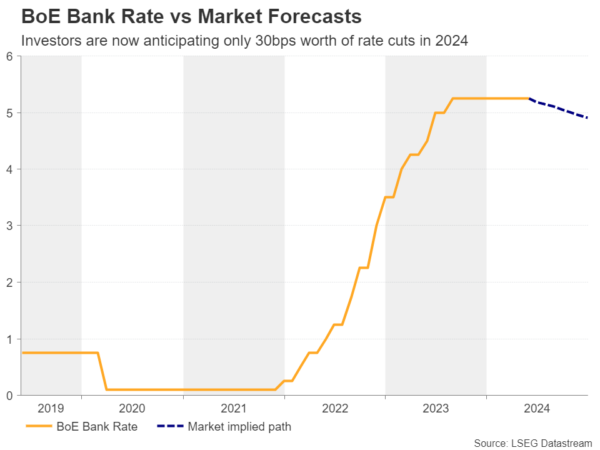
PMIs point to further cooling in price pressures
What may have also helped market participants to keep the BoE implied path higher than some other central banks, and thereby the pound supported, was the improvement in economic activity. After slipping into recession during the second half of 2023, the UK economy rebounded by 0.6% in Q1, with the UK PMIs suggesting that the recovery likely continues at a decent pace in Q2.
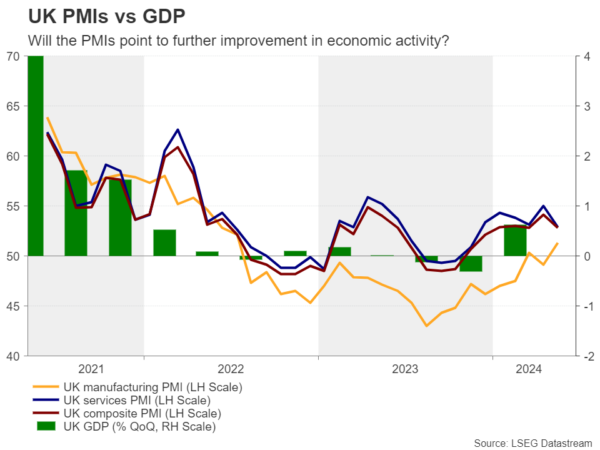
However, the PMIs also revealed that prices charged inflation fell to its lowest level since February 2021 in May, which suggests that the upcoming CPI numbers, due out on June 19, could reveal further softening in inflation. This may encourage participants to bring forth their rate cuts again, and thereby hurt the pound.
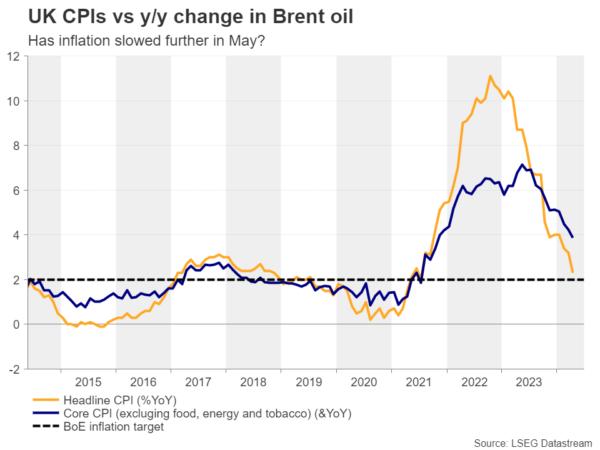
Just the day after the data, the BoE gathers to decide on monetary policy and investors will be eager to see whether they will get signs for an earlier rate cut, especially if the CPIs indeed reveal a further slowdown.
Pound awaits elections as well
Nonetheless, with the general elections scheduled just two weeks after the decision, the Bank is unlikely to rock the boat. Policymakers may prefer to wait for the outcome of the election, as the two opposing sides hold different views on fiscal policy. For example, the Conservatives are advocating lower taxes, while the Labor party has been portraying itself as the party of fiscal responsibility.
Therefore, a Labor victory, as the opinion polls are currently suggesting, could make the BoE’s work easier, allowing it to cut interest rates much earlier than currently expected. According to remarks by the Chief Business Economist at S&P Global Market Intelligence, the latest PMI readings support the view that the BoE will start cutting interest rates in August if upcoming data continues to move in the right direction.
Is sterling running out of fuel?
Ergo, combining all the above, the pound’s rally may be at its final stages. The British currency may eventually come under selling pressure, especially against the aussie, as the RBA is not expected to press the cut button this year. On the contrary, due to the stickiness in Australian inflation, the market is assigning an around 20% chance for a quarter-point rate hike by September.
From a technical standpoint, pound/aussie has been in a recovery mode after testing the key zone of 1.8900. However, the pair continues to trade below the short-term downtrend line drawn from the high of March 5, which means that there is a decent chance for the bears to take charge again soon and push the action back down to 1.8900.
If they do so and manage to overcome that hurdle, they may dive all the way down to the low of December 27 at around 1.8600. For the outlook to turn bullish again, traders may need to lift the price above the 1.9515 barrier, which acted as a temporary ceiling between February 13 and March 20.
